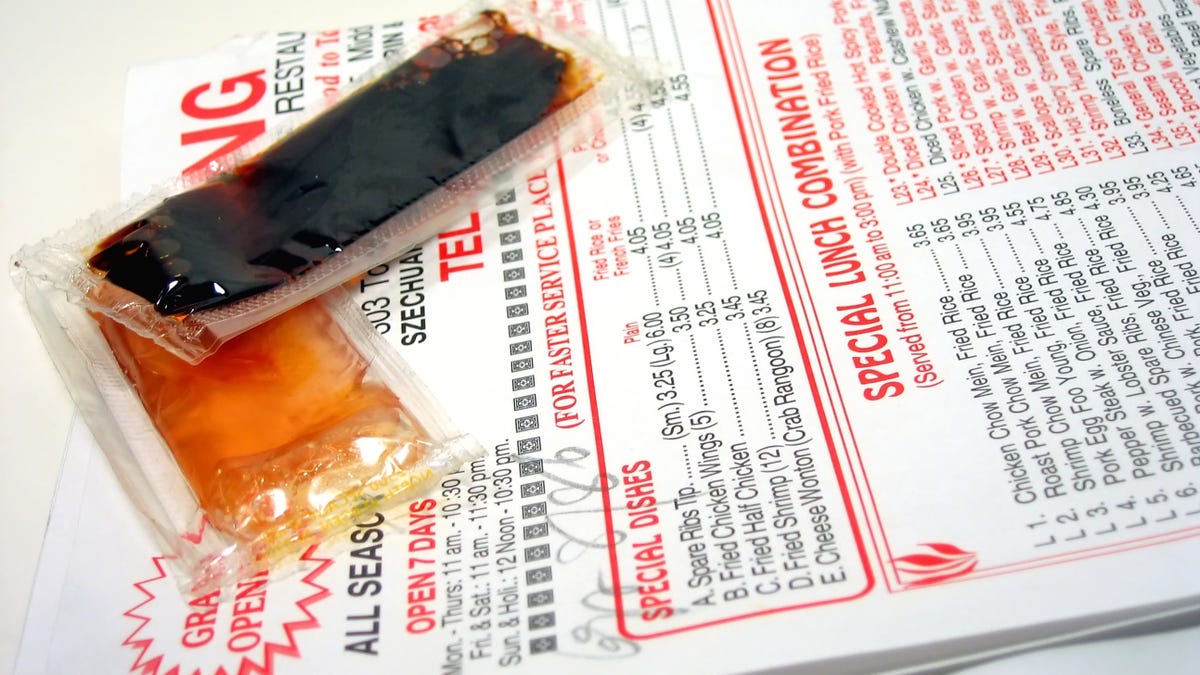
One of the many challenges of being stuck at home during this pandemic is not knowing the best ways to help the local businesses we love and depend on. Take, well, takeout: We’ve been instructed to order takeout and delivery from our favorite restaurants—especially smaller, family-owned businesses—to ensure they are bringing in at least some income while their dining rooms are closed during this period of physical distancing. And while this is a great plan, the degree to which you’re helping them comes down to exactly how you’re placing your order.
The problem with third-party delivery platforms
Over the past several years, many of us have gotten in the habit of ordering food through third-party delivery apps like GrubHub, Seamless or Caviar. And over the past few weeks, you’ve likely received a steady stream of emails from these companies, trying to lure us in with promotions like “Support for Supper,” where GrubHub users get additional discounts for ordering food from local restaurants during certain hours. On the surface, this seems like a great idea: keeping your favorite restaurants in business and getting cheaper food? Yes, please.
But not so fast: As it turns out, these discounts are coming out of the restaurants’ profits, and are certainly not the altruistic acts that third-party apps want you to believe they are.
Let’s take a look at some numbers. Susie Cagle, a reporter at The Guardian, recently tweeted a GrubHub invoice from Chicago Pizza Boss, breaking down exactly where your money is going when you use the third-party app and take advantage of its promotions. (Spoiler: it’s not to the restaurants.)
Unfortunately, this is not a new situation: We’ve been writing about how ordering food through third-party apps is harming local restaurants for a while. The difference is that now people are ordering delivery more than ever before, and may be doing so under the mistaken perception that they are helping a business stay afloat, unaware of the apps’ shady practices. On top of that, restaurants are no longer able to offer table service at all, and with delivery and takeout comprising 100 percent of their orders, they might feel they can’t afford to remove themselves from listings by these third-party services.
For example, as Baba’s Pierogies in Brooklyn recently explained in an Instagram post that the restaurant has spent more than $20,000 in third-party platform percentage fees since January 1, 2020. So why did they join in the first place? They explain that, too:
We didn’t have a choice, we caved. Revenue from these platforms made a difference for our business and I’m certain does for many other NYC businesses. Like other fellow businesses, we never liked the partnership but went along with it. Now, during this crisis which is really holding the industry hostage to 3rd party platforms, we are even more aware of the amount of money that we get withdrawn from our account just to have our name on their site. We make the food AND deliver the food. Seems unfair because it is.
Yes, this is all pretty grim—especially if you thought you were genuinely doing the right thing by ordering through these third-party apps—but there is something you can do to help.
Order directly from the restaurant
By ordering food directly from the restaurant, you’re guaranteeing that they’re the ones who profit from the sale. Remember back when everyone had a drawer in their kitchen stuffed with takeout menus alongside the other assorted junk like pens, tape and rubber bands? Well, it’s time to resurrect the menu drawer—at least in some form.
But can’t you just pull up GrubHub to peruse the menu and find a phone number to call and order your food? While that sounds great in theory, in practice, third-party sites may list their own phone numbers for the restaurant—meaning that if you call to place an order, it’s still going through their platform. The app uses this as a justification to take a commission, even though your order didn’t come through their website or app, because it “proves” the transaction originated there.
That’s where good old-fashioned paper menus—or at least going directly to a restaurant’s own website—come in. This allows you to completely cut out the middleman and ensure that your beloved local eatery is getting the maximum profits possible from your order.
In the same Instagram post, Baba’s Pierogies announced that they have set up a link on their website that allows customers to order directly from them for delivery or pickup. It also allows you to pay online, so the takeout/delivery remains contactless. Other restaurants have done the same thing, so check to see if that’s an option before you order.
And if you’re not a fan of clutter or having paper menus sitting around, just snap a photo of the menu and store it on your phone or in a special folder on your computer. The bottom line is to put in the tiny amount of extra effort it takes to order directly from the business you are trying to support. It may mean the difference between them staying open and going under before you’re able to dine there in person again.
from Hacker News https://ift.tt/2YpxjCD
No comments:
Post a Comment
Note: Only a member of this blog may post a comment.